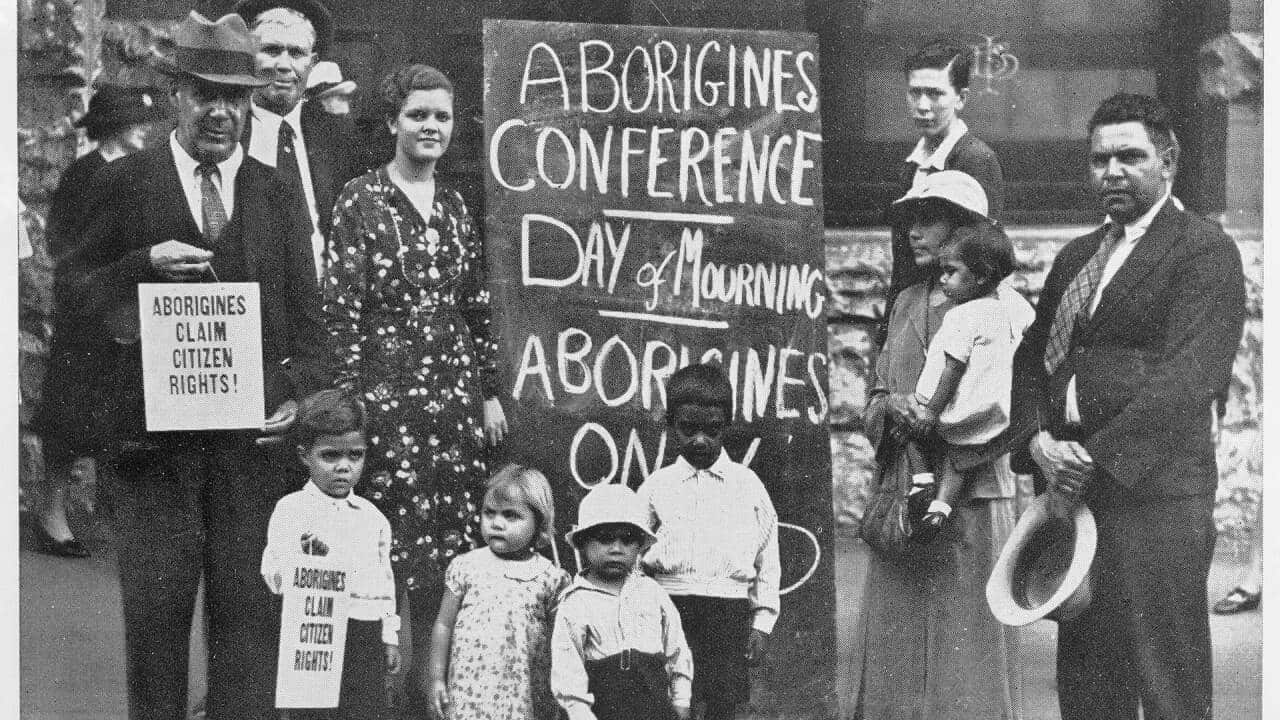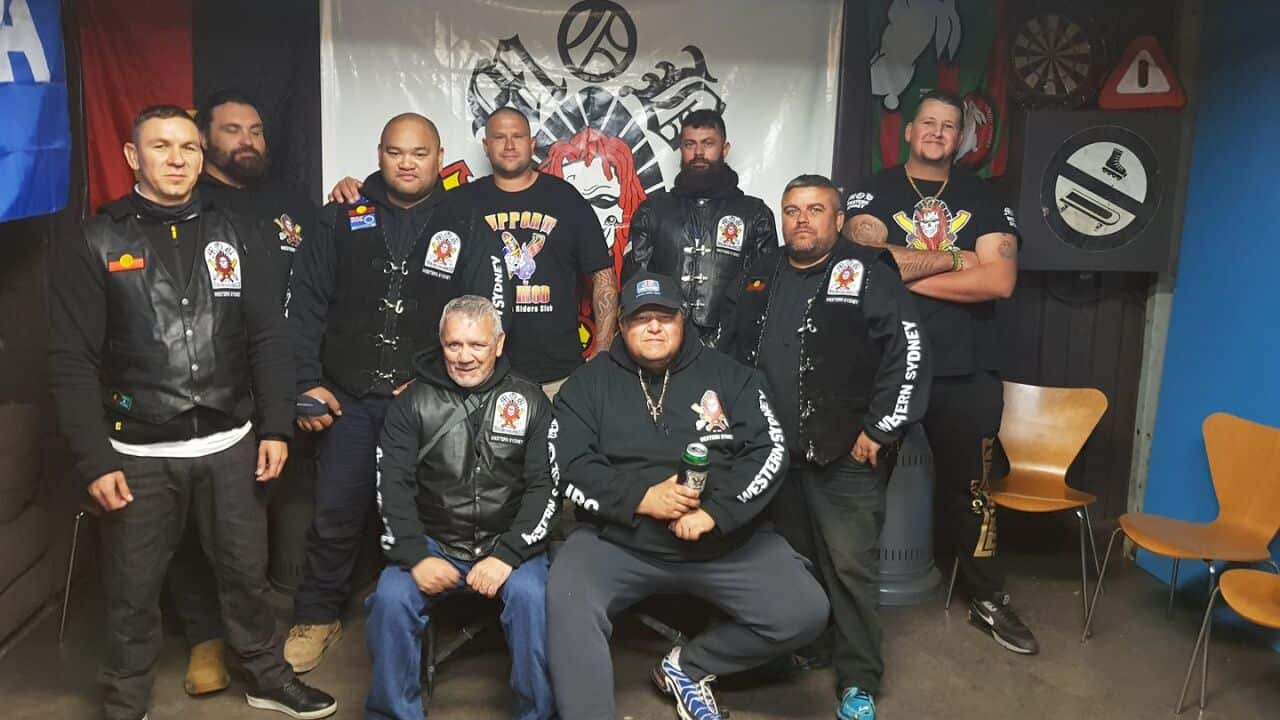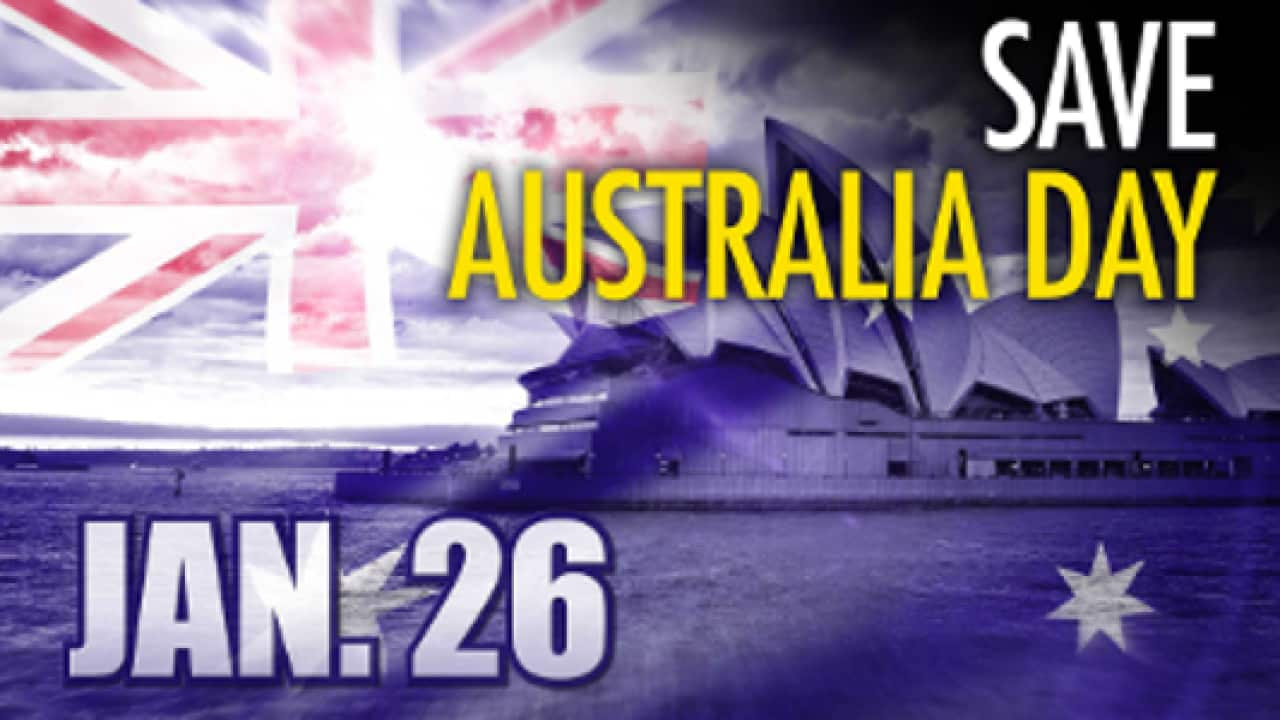In late 2017 I set out from Australia’s endangered Indigenous world and travelled to north Pakistan’s endangered Indigenous people, the Torwali of the Swat Valley.
There I met people who are regarded as 'dangerous'. I then went to Chile and met with Mapuche Indigenous people of that region who also told me they are called dangerous. On my return to my world, Indigenous Australia, I paused to reflect on that word ‘endangered’ and the word ‘danger’, for the first time leapt out at me. I realised Indigenous people and danger are synonymous. We live in danger and are seen to be dangerous. Indigenous people live in danger vilified as destabilising forces in our own countries.
Today - Australia Day 2018 - marks the 80th anniversary of the ‘’. When putting themselves in considerable danger of public and official reprisals, a brave group of Aboriginal leaders took a stand against the racial ostracism inflicted by policies of successive Australian governments. Policies that served to prevent Indigenous Australians from having any say in the legal system or governance of their own country, that saw people locked up on reserves and missions and children arbitrarily removed from their families.
The march and rally were to mourn the loss of life, languages, cultural practices, legal systems, governments, children and our lands.
William Cooper, Yorta Yorta man from Victoria, William Ferguson and Jack Patton from New South Wales organised a rally and Congress of Aboriginal people from across Australia who met in Australia Hall, Elizabeth Street, Sydney to call on the government to end the terrible social, economic, legal and political conditions under which Indigenous Australians suffered. They pushed back against the official celebrations organised by the government to celebrate 150 years of British rule over the hundreds of Indigenous nations of Australia. This since the British invaded our lands on 26 January 1788 to colonise and add Australia to the growing British empire.
The march and rally were to mourn the loss of life, languages, cultural practices, legal systems, governments, children and our lands. To mourn the danger into which Indigenous Australians had been thrust over those 150 years. 80 years later it is still dangerous to be Indigenous in Australia. Your life is everyone’s business to be dissected and debated with no Indigenous governance to mediate between our peoples and wider Australia. The demise of the Aboriginal and Torres Strait Islander Commission in the early 2000s marked the end of the nearest institution we have ever had to self-government.
But the real intervention we need in Australia is for the Australian government to give Aboriginal people a place out of danger.
We had an Intervention in Aboriginal communities to make them safer from perceived threats from within. But the real intervention we need in Australia is for the Australian government to give Aboriginal people a place out of danger. To give us a respected place in the governance of this country.
Australia Day 1938 had a huge national build up. In contrast, the Day of Mourning was kept in the shadows by officials controlling the main event. The government brought Aboriginal people from western NSW to perform as the Eora of Sydney meeting the British. The whole celebration of 1938 was a big orchestrated party. People who were children at the time, remember the build up to the event as a celebration of the British Empire. Australian schools taught about the Empire using the Commonwealth atlas that showed much of the world as Empire red. Primary school children in Sydney prepared for a year to entertain the crowds with displays at the Sydney Showground of English traditions like maypole’ dancing. It was all about a celebration of Empire and being of British heritage.
The Aboriginal protest was small, surprising and unfortunately disappeared into history. Most people now would not even know that our NAIDOC week is the continuation of the 1938 Day of Mourning. NAIDOC has very much captured the national psyche as a week of celebration of our Indigenous heritage and to mourn the people whose lives ended and those who lived suppressed and in danger.
he recognition of Aboriginal and Torres Strait Islander peoples as citizens in our own country was the ultimate aim of those brave people who met for the Day of Mourning in 1938.
We the endangered people of Australia need to be able to look to a safe danger-free future. A future where we can celebrate the great developments that have happened because we have embraced the people who have migrated to this country. Many of these migrants now regard Australia Day as the beginning of their new lives, the day they became Australian citizens, for many a danger free life where they can thrive without the fear of political and social persecution. We the Aboriginal and Torres Strait Islander peoples of Australia need to share that future as citizens of Australia. The recognition of Aboriginal and Torres Strait Islander peoples as citizens in our own country was the ultimate aim of those brave people who met for the Day of Mourning in 1938. We should all be celebrating our Australian citizenship and a safe danger free future for all on Australia Day 2018.
Professor Jakelin Troy, a Narigu woman of the Snowy Mountains in Southern New South Wales and the University of Sydney’s Director of Aboriginal and Torres Strait Islander Research.












